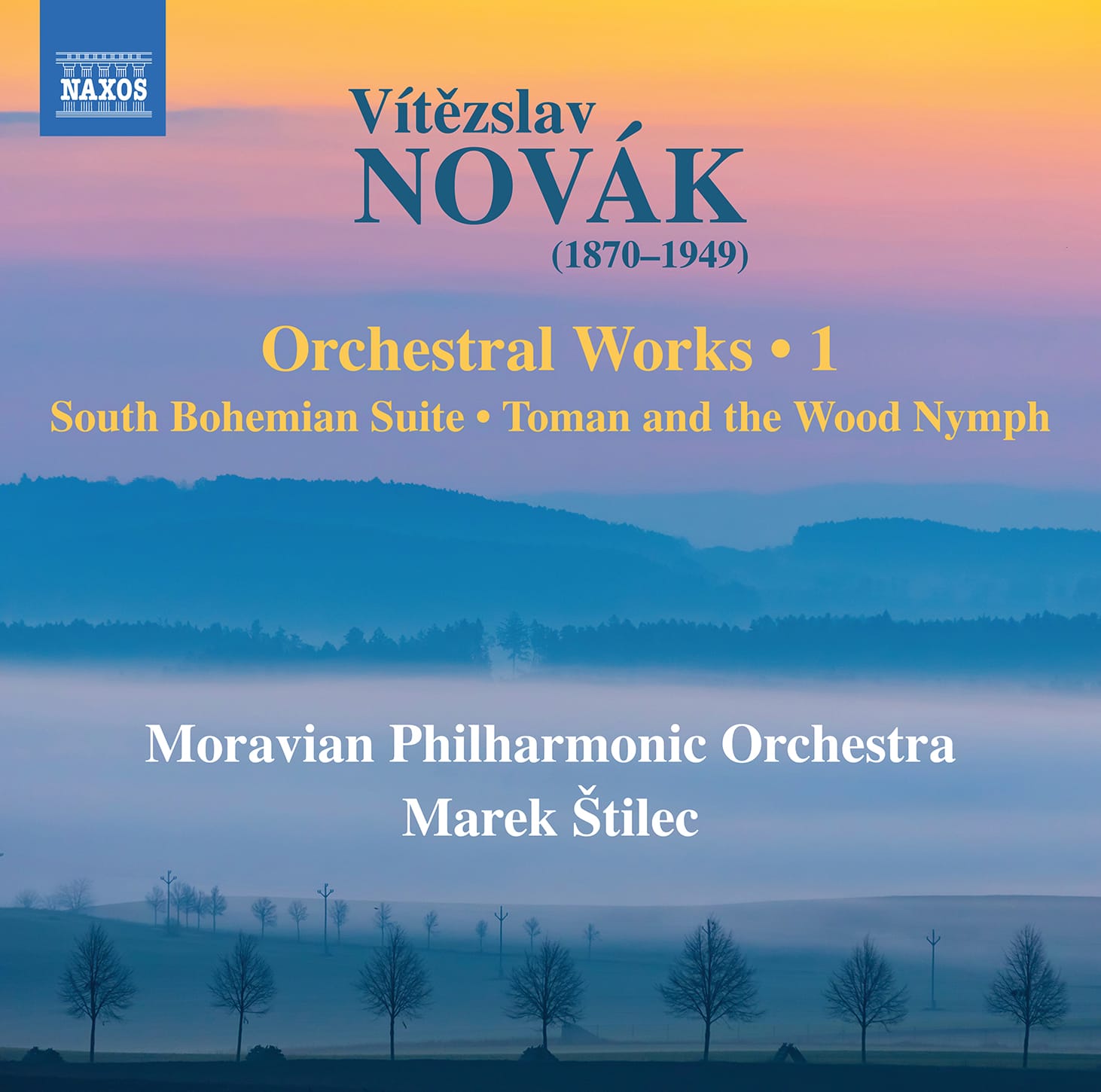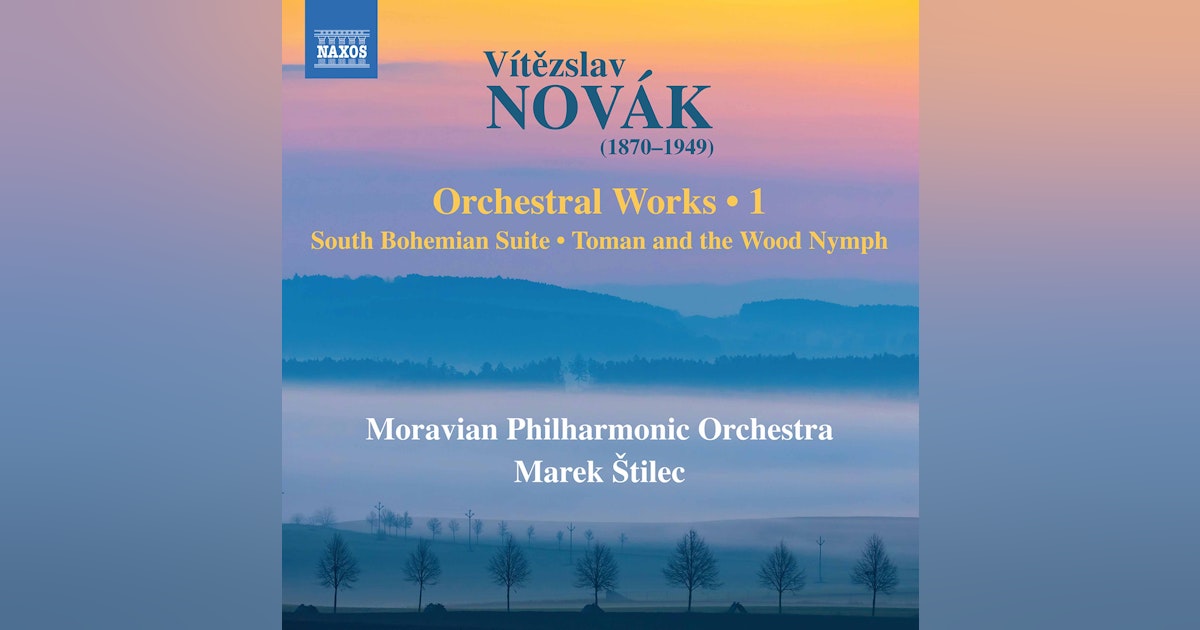More Novák on Naxos from Marek Štilec
If you are new to the music of Novák, this would be a great place to start

Vítězslav Novák (1870-1949) was a composition student of Dvořák. His music blends folk music with a late-Romantic opulence which can include hits of Impressionism. It is a fascinating mix which nevertheless always seems to keep teh composer's Czech roots at its heart.
Here, we are covering Naxos' releases in reverse order: Volume 2 was considered in this post. This was Volume 1. We also met Marek Štilec before, in the music of Foerster, in.a post published just before Christmas 2022.
While the Czech catalogues have unsurprisingly fostered Novák's music, his output is less appreciated elsewhere. Chandos had a good go, though, some time ago, and I have to indulge in a moment of self-publicity when I direct you to the BBC Philharmonic and Libor Pešek's recording of Lady Godiva, De profundis and a piece also on the Naxos disc, Toman a lesní panna (usually translated as “Toman and the Wood Nymph”; “panna” also means “virgin” in Czech) as listed on Amazon: the official Amazon review is by myself.
The Naxos release begins with the South Bohemian Suite, Op. 64 (Jihočeská suita). Interesting how Novák weaves the music of his homeland into this wellconstruced set. There are four listed movements but the final one is an epilogue of only 1"30 duration; it is subtitled, “To my homeland”. More meaty are the first three. “Pastoral Horizons” (Pastorale: Obzory) is something of a tone-poem within itself:
While the first movement might have “Pastoral” in its title, the second (“Reverie: Forests and Ponds”) seems to exude pastoralism. Novák opts not to invoke Impressionism however; the music is subtle, often gossamer, and, as the notes point out, reflective of Delius, or Suk. Štilec generates much refined playing from his players, and the recording (the 500-seat Reduta Hall, Olomouc) allows all detail to shine through:
The third movement is quite a departure: almost cinematic stirrings usher in the distant sounds of a march. The title is, “Once Upon a time: March of the Hussites,” and how beautifully Novák paints this. Štilec judges the crescendo perfectly. This is a magnificent piece of tone painting in music. The retreat is well judged, too:
That tiny epilogue has an almost Mahlerian sense of regret that morphs, cinematographically, ing a bight conclusion. Fascinating.
Thee is no missing the Impressionism of the opening of Toman. Thee is a sensuous element thee, as well there might be: Toman finds his beloved in the arms of another, and retreats into the forest to die in the arms of a fairy. One can see how Novák's adventurous harmonies - more so the the Suite, certainly - achieved some notoriety as the piece was written in 1906/07. Thee is also an impetuosity to the Moravian Philharmonic's performance that is most appealing. If the BBC Philharmonic finds Richard Sraussian elements, the Naxos performance manages to mremain region-specific. Šilec pinpoints the elemeal and gestural elments too (try between 7 and 8 minutes in). It is difficult not to avoid the Richard Straussian gait of the passage around the 14 minutes mark though! Elsewhere, one might hear Zemlinsky, but there are passages that are wholly original (try the woodwind and string passage 17-18") :
Here's the Chandos:
The Naxos, though, is a lovely recording. If you are new to the music of Novák, this would be a great place to start.
The disc is available from Amazon here; the Chandos contender for Toman here.


